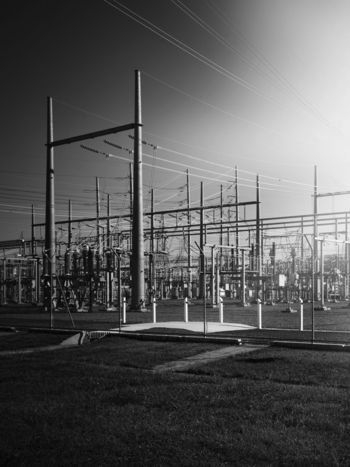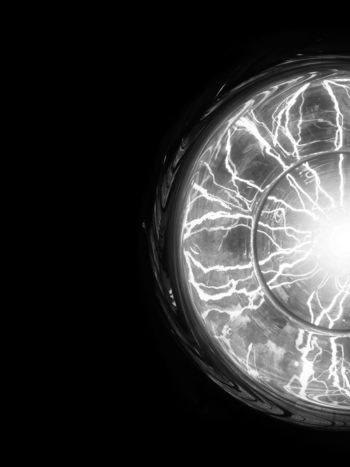Protection, Automation and Control Architectures with Functionality Independent of Hardware
In 2017, CIGRE Study Committee B5 (Power System Protection and Local Control) initiated the formation of the Working Group B5.60 to investigate and propose new architectures for Protection, Automation and Control (PAC) with application functionality independent of hardware (FIH).
The background of the Working Group is based on the current integration of hardware and software and the fact that microprocessor-based hardware is facing a commercial life cycle limitation of 10 to 15 years. The separation of application software and hardware would allow the development of new architectures of PACS and new approaches to designing, commissioning, and maintaining these systems.
members
Convenor (DE)
T. RUDOLPH
Convenor (until 2021) (RU)
A. VOLOSHIN
X. CHEN (CN), T. COSTE (FR), R. DAS (US), I. DOROFEEV (RU), N. GRACHEVA (RU), C. GUIBOUT (FR), A. SHARMA (IN)
Corresponding Members
I. GARCIA (ES), S. INGEBRIGTSEN (NO), A. LEBEDEV (RU), H. MORAIS (PT), A. VARGHESE (GB)
Objectives of this Technical Brochure
The objective of this Technical Brochure was to investigate and propose new architectures which would allow the independence of software from hardware and to describe possible reference architectures for the PACS. The application of new concepts like FIH need to be supported by technologies, processes, tools, and standards. Therefore, the Working Group explored relevant technologies, applicable standards, life cycle aspects, and migration strategies. Beside the expected benefits, technical and business challenges had to be reviewed and potential gaps in standards had to be evaluated. The evolution of microprocessor based IEDs and their architectures had been analysed to understand the changes imposed by the new concepts.
Consequently, some key technologies and core approaches could be identified to enable FIH concepts. As an example, FIH concepts would require the use of standards to separate the process interface as much as possible from the application functions allowing their use on different hardware platforms. Present multifunctional IEDs are grouping the functions according to the application, e.g., distance protection functions or overcurrent protections functions. This is a first step to virtualize devices which could be expanded to a virtual IED, a main element of the FIH concept.
The possibility of this kind of virtualization is already provided by IEC 61850 and part of the data model and related engineering processes. Nevertheless, FIH concepts would require additional methodologies for design, engineering, testing, and maintenance along the life cycle. Some elements are already addressed in standardisation, but still some gaps need to be closed for an efficient implementation and operational use of FIH. Related recommendations have been gathered and shared with some standard bodies to influence their roadmaps.
During the last few years, the topic of virtualization - as a core element of the FIH concept - gained a lot of momentum in the industry. Several standardization bodies, study groups, and associations started to work on Centralized Protection and Control (CPC) Systems. In parallel, some projects have been launched to validate related concepts in cooperation between manufacturers and utilities. First results have been considered in this Technical Brochure.
As new technologies might challenge existing business aspects like relationships, responsibilities, (migration) strategies, as well as skills and knowledge management. On the other side, several benefits are expected like improved operational efficiency, lower life cycle cost, more flexibility, and higher sustainability.
Structure and Content of the Technical Brochure
This Technical Brochure proposes new PAC architectures with I/O (Input/Output), processing hardware and functionality separated for optimum life cycles and elaborates criteria and conditions to be able to use hardware independent software application for PAC functions.
Over the last years new solutions have been developed and related pilot projects have been launched. Two promising technical concepts and architectures have been elaborated in this TB. Beside a concept of an IED based solution using a standardized middleware, and a Centralized Protection and Control system applying server-based architectures are proposed to provide hardware independence.
Both architectures are leveraging from the hardware abstraction capabilities of IEC 61850. The application of IEC 61850 in the context of FIH is almost similar to current applications in digital substations.



